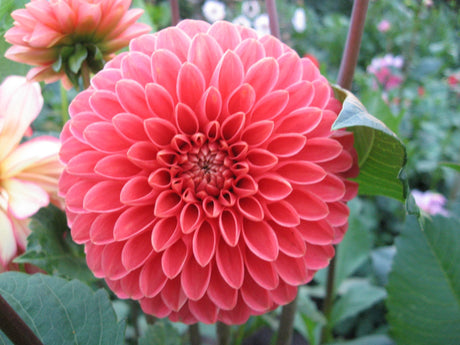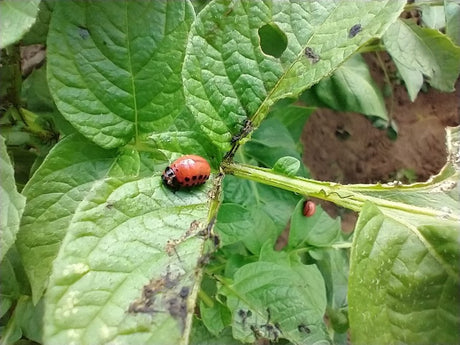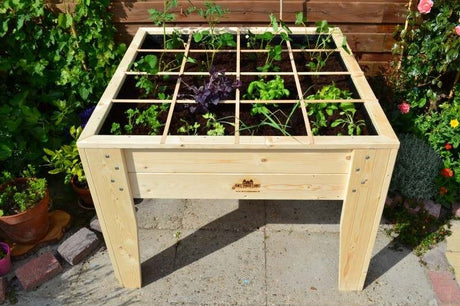Asparagus is available in various varieties, each with its own unique qualities. Some asparagus varieties are very suitable as dual-purpose varieties. However, that term, combined with a photo like the one below, occasionally raises questions. For example, we've been asked, "Does the plant occasionally produce green asparagus and occasionally white asparagus?" or "Do they alternate between white and green?" That's certainly not the case. You control the color of your asparagus! I'll explain how that works in this blog post.
Why are asparagus actually white?
Let me start by explaining why asparagus is actually white. That's because it grows underground. Anyone who's ever driven around Brabant or Limburg during asparagus season has probably seen them: large fields with small, narrow mounds covered in black plastic—the asparagus fields. And those mounds are there for a reason. They ensure the asparagus stays so beautifully white. Because the asparagus never comes into contact with sunlight, they stay white. Under the influence of sunlight, plants produce chlorophyll. But as long as the asparagus grows in the sandy mounds, they stay white. The plastic sheeting ensures that the tips of the asparagus, once they start poking above the ground, also stay white. This way, asparagus pickers can see from the bumps in the plastic sheeting where an asparagus is ready to be harvested. Furthermore, the black color of the plastic sheeting allows the soil to warm up a bit faster, allowing asparagus to be harvested earlier in the season.
White versus green
You now know that growing white asparagus requires some effort. You have to build a mound around the asparagus to keep it underground and white. Green asparagus, on the other hand, is much easier. It simply grows above ground, turns green, and if you find it long enough, you can snap it off and eat it.
There are many asparagus varieties specifically suited to a particular cultivation method, either white or green. These varieties simply don't taste as good if you grow them the other way. For example, the tips of white varieties can open very quickly if you try to grow them as a green variety, or they can be tougher if you choose the other cultivation method. That's where dual-purpose varieties come in.
Dual-purpose breeds
Besides varieties that can be grown only as white or green, there are also a number of varieties suitable for both cultivation methods. They produce both green and white asparagus of good quality and yield. If left to grow normally, the asparagus will turn green. However, if you form a mound, which doesn't necessarily require covering with plastic, they will remain white.
We also have several of these dual-purpose varieties in our garden. Before you can harvest asparagus, you've already invested four years of your time and land in the plants. They have to establish well, and you're only allowed to harvest minimally during the first four years. You can read more about that here . If I ever want to harvest white asparagus, I don't want to plant new plants and wait four years. Fortunately, with a dual-purpose variety, that's not necessary, and I can easily raise one of our rows with a hill to harvest white asparagus from my own garden. If I want green asparagus the following year, I simply remove the hill and harvest green asparagus again the following year. It's that simple. With a dual-purpose variety, you control the color of your asparagus.


















